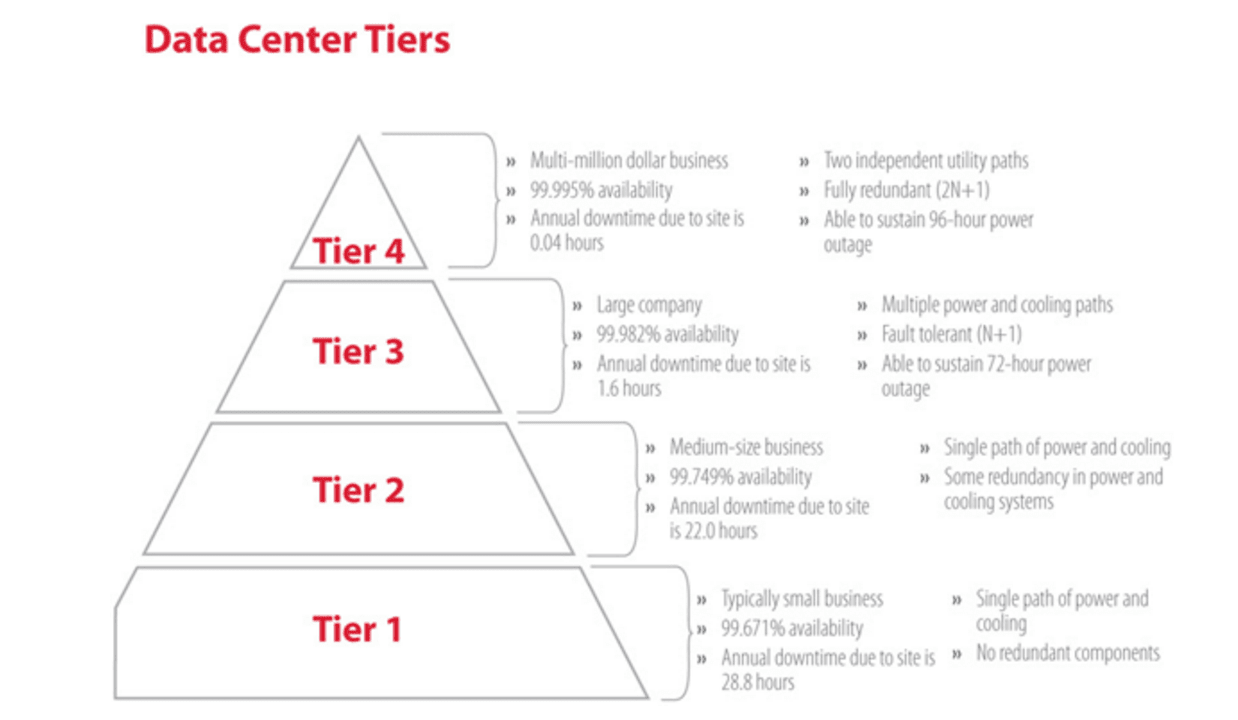What Happens to Redundancy If Company Goes Bust? A Guide to Your Rights
What Happens to Redundancy If Company Goes Bust? A Guide to Your Rights
Blog Article
Exploring the Interplay In Between Business Redundancy and Business Flexibility for Future Growth
In the dynamic landscape of today's company globe, the complex partnership between business redundancy and organizational adaptability emerges as a vital factor for sustained growth and success. Business frequently face the obstacle of striking a fragile equilibrium between keeping a level of redundancy to alleviate threats and fostering versatility to respond quickly to the ever-evolving market demands.
Relevance of Firm Redundancy
Firm redundancy is an important aspect that improves business durability and alleviates functional dangers. By integrating redundancy measures within the business structure, business can better endure unanticipated interruptions and changes in the service atmosphere. Redundancy functions as a tactical buffer, allowing companies to adjust and react successfully to unforeseen challenges without compromising important procedures.
One trick facet of the relevance of business redundancy is its duty in making sure continuity during times of situation. When faced with unexpected changes or emergencies, repetitive systems, resources, or personnel can tip in to keep critical functions and prevent prevalent disruptions. This continuity not only safeguards the firm's track record and customer trust yet also reduces financial losses and operational downtime.

Techniques for Organizational Adaptability

Creating versatile business structures that allow for fast changes to market characteristics and consumer requirements is crucial for remaining competitive in a rapidly evolving environment. By proactively recognizing possible disturbances and opportunities, organizations can proactively thrive and adjust in an ever-changing company landscape.
Balancing Redundancy and Flexibility
Accomplishing a harmonious stability between operational redundancy and organizational flexibility is critical in navigating the intricacies of a dynamic organization atmosphere. Redundancy within a company gives a safeguard, ensuring continuity and security in operations. Nevertheless, an unwanted of redundancy can cause inefficiencies and hinder adaptability to altering market problems. On the various other hand, organizational flexibility allows companies to react without delay to exterior disturbances and confiscate brand-new opportunities. Striking the best balance in between redundancy and versatility is a delicate process that calls for a deep understanding of the company's goals, market characteristics, and risk resistance.
To accomplish this balance, companies require to perform normal analyses of their procedures to determine locations where redundancy is essential for risk reduction and where adaptability can drive development and growth. Implementing flexible frameworks, promoting a society of continuous knowing and improvement, and encouraging open interaction across all levels of the organization are essential strategies to integrate redundancy and flexibility successfully. By lining up these two vital elements, business can place themselves for sustainable development and success in an ever-changing business landscape.
Study on Adaptation Success
In examining circumstances of effective organizational adjustment, it comes to be noticeable that the interaction between functional redundancy and adaptability is a specifying consider shaping resistant services. One compelling instance research study is that of Netflix. At first a DVD rental service, Netflix showed remarkable flexibility by transitioning into a streaming system when digitalization interrupted the industry. By purposefully investigate this site investing in modern technology and material production, Netflix not only prospered but made it through in a rapidly progressing market. Another standout example is Amazon. Beginning as an online book shop, Amazon constantly adjusted its company version, expanding right into varied industries such as cloud computer and artificial intelligence. This adaptability allowed Amazon to remain in advance of competitors and fulfill changing consumer needs. Lastly, Adobe offers a significant illustration of successful adaptation. The firm changed from selling software licenses to a subscription-based design, making certain repeating profits streams and boosted customer interaction. These situation researches underscore the importance of functional redundancy paired with business flexibility in fostering long-lasting development and navigate to this site competition.
Structure Durability for Future Growth
Structure durability for future development needs a strategic positioning of operational processes with market characteristics and emerging trends. Business need to adapt to changing environments by cultivating a culture of adaptability, development, and continual enhancement.
In addition, fostering solid partnerships with stakeholders, such as clients, staff members, providers, and the area, is vital for weathering uncertainties and preserving count on and assistance during rough times. Reliable communication and openness play a vital function in structure strength, as they help line up assumptions and promote cooperation in navigating uncertainties.
In addition, organizations need to focus on understanding and development initiatives to upskill workers and furnish them with the essential devices to adapt to altering scenarios. By buying their workforce, firms can enhance their flexibility and agility, inevitably strengthening their resilience for sustainable future growth.
Final Thought
In the vibrant landscape of today's service world, the intricate connection between firm redundancy and organizational flexibility emerges as a crucial element for continual growth and success. Firms often deal with the obstacle of striking a fragile balance between preserving a degree of redundancy to minimize risks try here and fostering versatility to react promptly to the ever-evolving market needs.To achieve this balance, business require to perform normal assessments of their operations to identify areas where redundancy is needed for threat reduction and where flexibility can drive innovation and growth.In conclusion, the interplay between business redundancy and organizational versatility is critical for future development. Structure strength via a combination of redundancy and adaptability will ensure that companies are prepared for the challenges of the future.
Report this page